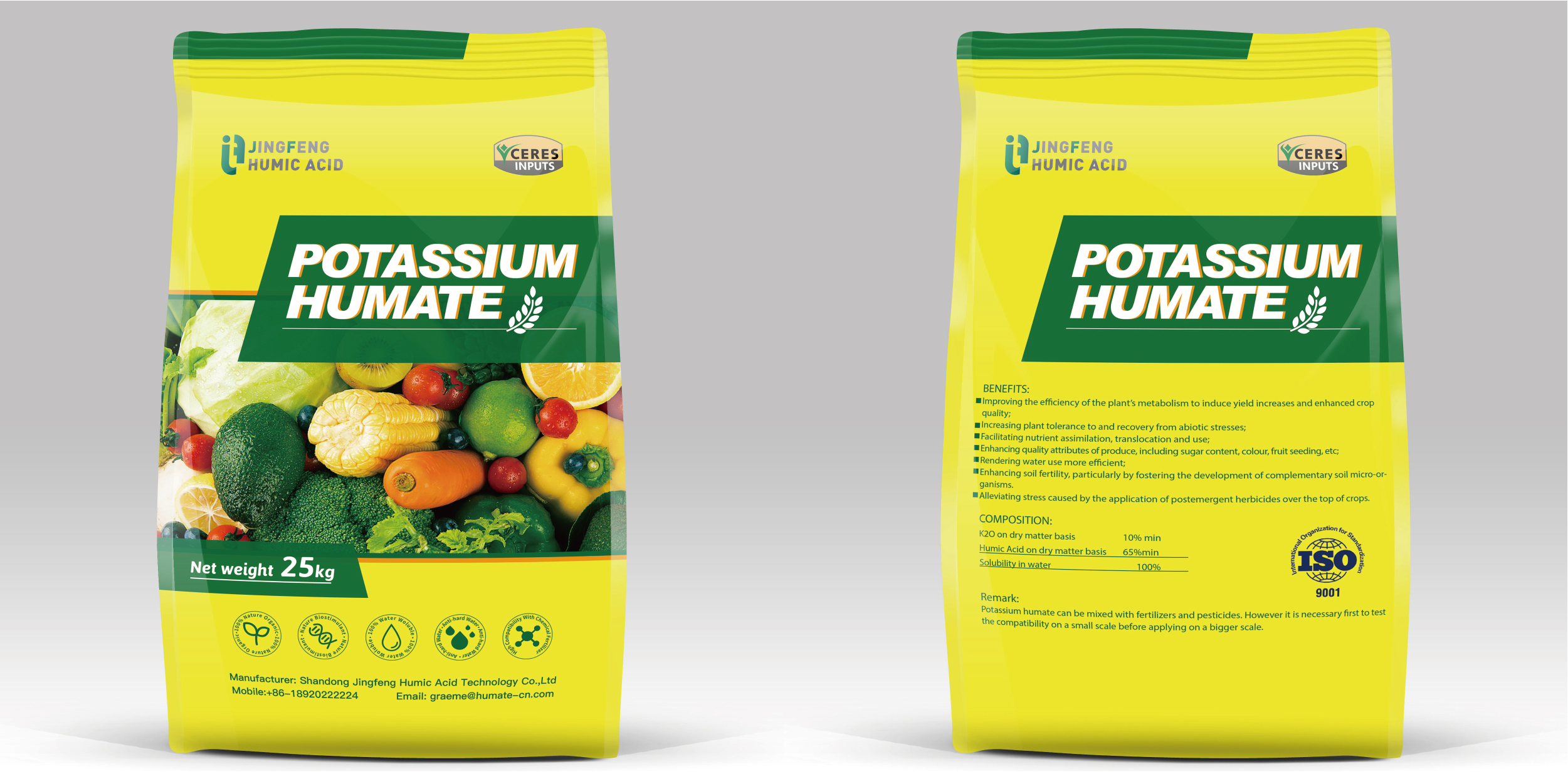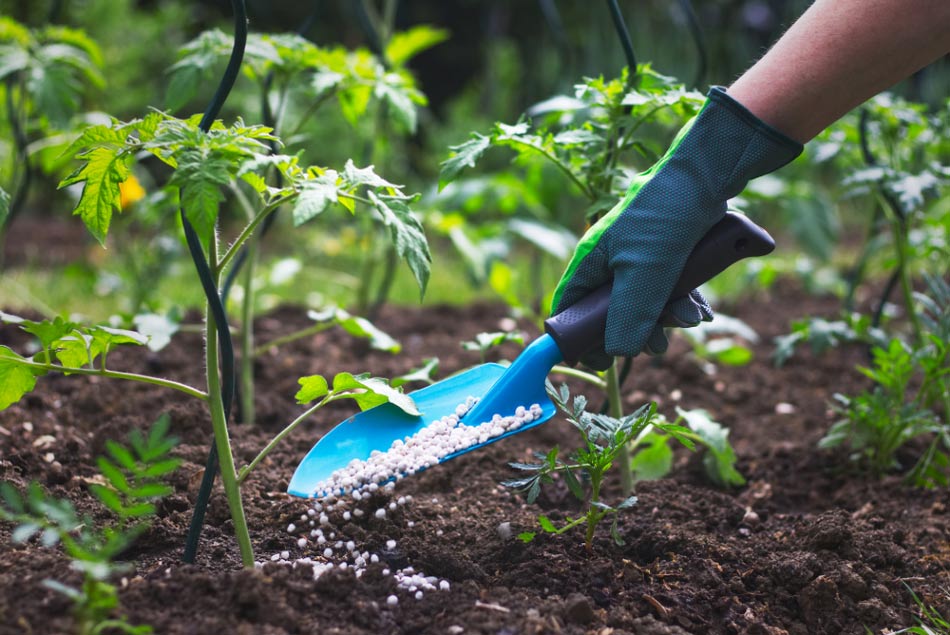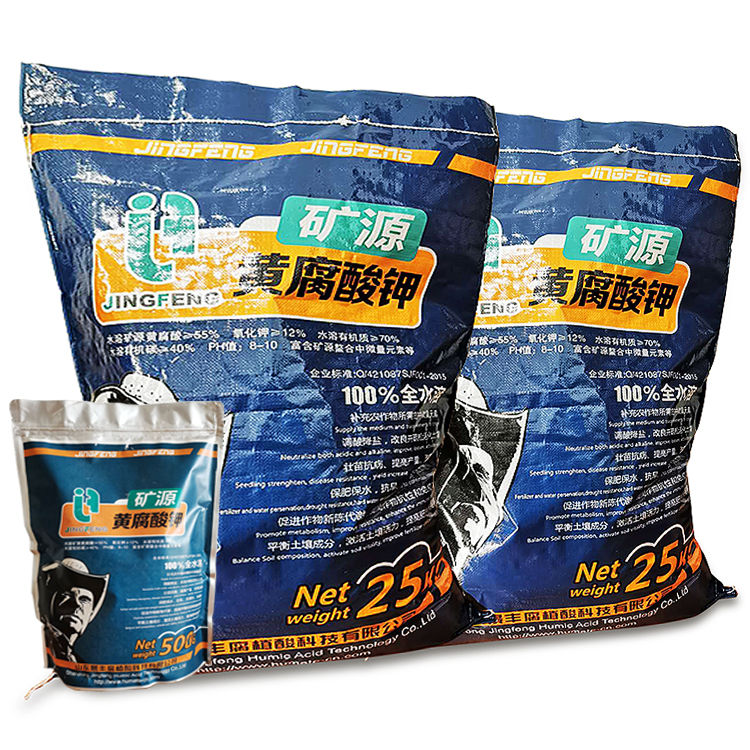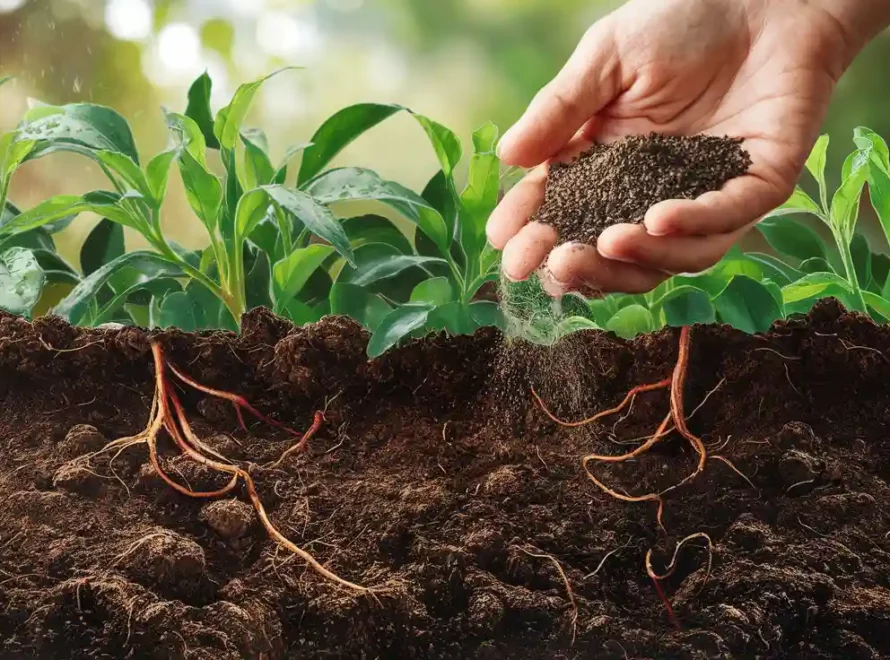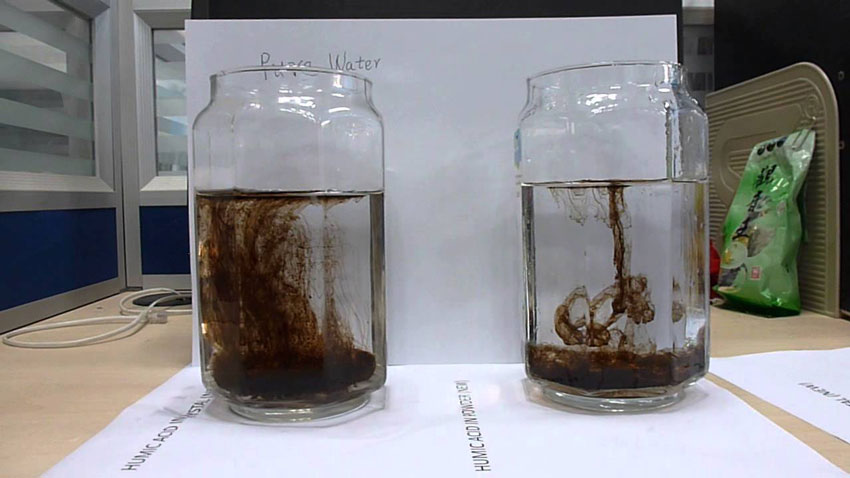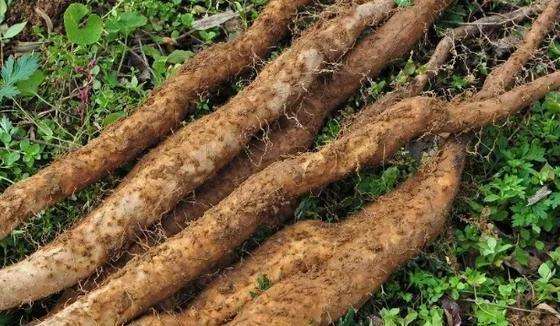When we want to buy sodium humate and potassium humate, how could we know which one is better? Compared with sodium humate, potassium humate fertilizer has stronger effect and lower fertilizer injury. Potassium is a macro element needed for plant growth, development, yield and quality of crops. However, sodium humate for agriculture contains more than 10% sodium ions.It will increase the salinization in saline and alkaline soil and do more harm to plants.
The harm of sodium ion in sodium humate to plants

- The first is toxic. When plants absorb more sodium or chloride ions, they will change the structure and function of cell membrane. For example, when the concentration of sodium ion in plant cells is too high, the original calcium ion on the cell membrane will be replaced by sodium ion. Then makes the cell membrane appear small loophole. Which leads to the change of ion type and concentration in the cell. The balance of synthesis and decomposition of nucleic acid and protein is destroyed. Which seriously affects the growth and development of plants.
- At the same time, due to the accumulation of sodium salt in the cells, it will also cause the solidification of protoplasts. Resulting in chlorophyll destruction, and the photosynthesis will decrease sharply. In addition, starch will decompose, resulting in the increase of sugar and swelling pressure in cells. It will eventually lead to stomatal dilatation and a large amount of water loss. These hazards may cause plant death.

- Second, it increases the osmotic pressure of soil. Increased salts in root zone can result in decreased water uptake by plant. Causes it’s difficult for plants to absorb water. Which leads to a serious shortage of water in plants. Photosynthesis and metabolism could not be carried out. At the same time, there would be cell dehydration, plant wilting, and finally plant death.
- The sodium in the sodium humate is not the required element of the plant. Too many sodium elements can destroy the chlorophyll, affect the photosynthesis, growth and development of the plant. The excessive sodium element can lead to the death of the plant. Second, the strong dispersion of the sodium ions will destroy the soil structure. Therefore, it is suggested to replace sodium humate with potassium humate.
The effect of potassium iron in potassium humate fertilizer

If you are using humic acid fertilizer for a big quantity, it’s better to find a lab to test the potassium content before buying potassium humate.
Enzyme activation

During the chemical reaction, the enzyme acts as a catalyst. The enzyme aggregates the various molecules together to facilitate the conduct of the chemical reaction. More than 60 different types of enzymes involved in the plant growth process require a “activation” of potassium. The potassium iron in potassium humate fertilizer can change the physical configuration of the enzyme molecule. Exposing the appropriate chemical active site. And participating in the reaction.
Water

Potassium accumulates in plant roots to produce osmotic pressure gradient, causing water is inhaled roots. The water absorption capacity of potassium-deficient plants is weakened. When the water supply was insufficient, it becomes more vulnerable to stress. Plants also rely on potassium to regulate the opening and closing of their stomata (pores in which leaves exchange carbon dioxide, steam and oxygen with the atmosphere). If the potassium supply is insufficient, the stomata will become slow to react. Resulting in steam escape. On the contrary, plants with sufficient potassium supply will not be subjected to water stress.
Photosynthesis

The high-energy substance initially formed during the photosynthesis process is a triphosphate (ATP). The potassium ion can keep the charge in the ATP generating position in a balanced state. When the plant lacks potassium, the rate of photosynthesis and ATP production is slowed, and all the ATP-dependent processes are inhibited.
Sugar transport

The plant transports the sugar produced by photosynthesis to other parts of the plant for use or storage by the bast. The plant’s transportation system needs to consume the energy of the ATP form. If the supply of potassium is insufficient and the available ATP is reduced, the transport system will develop a “fault”. Then it will result in the accumulation of the product in the leaves, the photosynthetic rate slows down.
Water and nutrient transport.
If potassium supply decreases, the transfer of nitrate, phosphate, calcium, magnesium and amino acids will be inhibited.
Protein synthesis.
The role of potassium in protein synthesis is closely related to several of the above functions.In which potassium plays a key role in the transport of amino acids to the protein synthesis site, the activation of the enzyme, and the equilibrium charge. Studies have shown that all major steps of protein synthesis require potassium. If there is no sufficient potassium, it is difficult to “read” the protein in the plant cell and to regulate the gene code of the enzyme required for growth.
Starch synthesis.
The potassium can activate the enzyme responsible for starch synthesis in the leaves.Therefore, if the supply of potassium is insufficient, the accumulation of starch in the leaves is reduced. The effect of potassium levels on photosynthesis also affects the amount of sugar used to synthesize the starch. The high potassium level, the starch can be more effectively transferred from the plant stem to the storage organ and other parts.
Quality of agricultural products

The effective potassium level can improve the physical quality, the disease resistance and the edible value of the grains, the feed crops and the human edible crops. The quality of agricultural products has become an increasingly important market factor, and abundant potassium is more important to ensure the value of the product.
Other functions of potassium.
The effect of potassium on plants has been widely reported, but the research in this field is far from complete. This abstract can only briefly describe a few examples of how plants use potassium. Crop disease resistance, drought tolerance, grain development rate, cold resistance, crop growth, development, yield and quality all depend on appropriate potassium supply.
In conclusion,potassium humate fertilizer contains not only potassium iron,but also humic acid.If want to buy humic acid fertilizer, potassium humate will be better choice.

